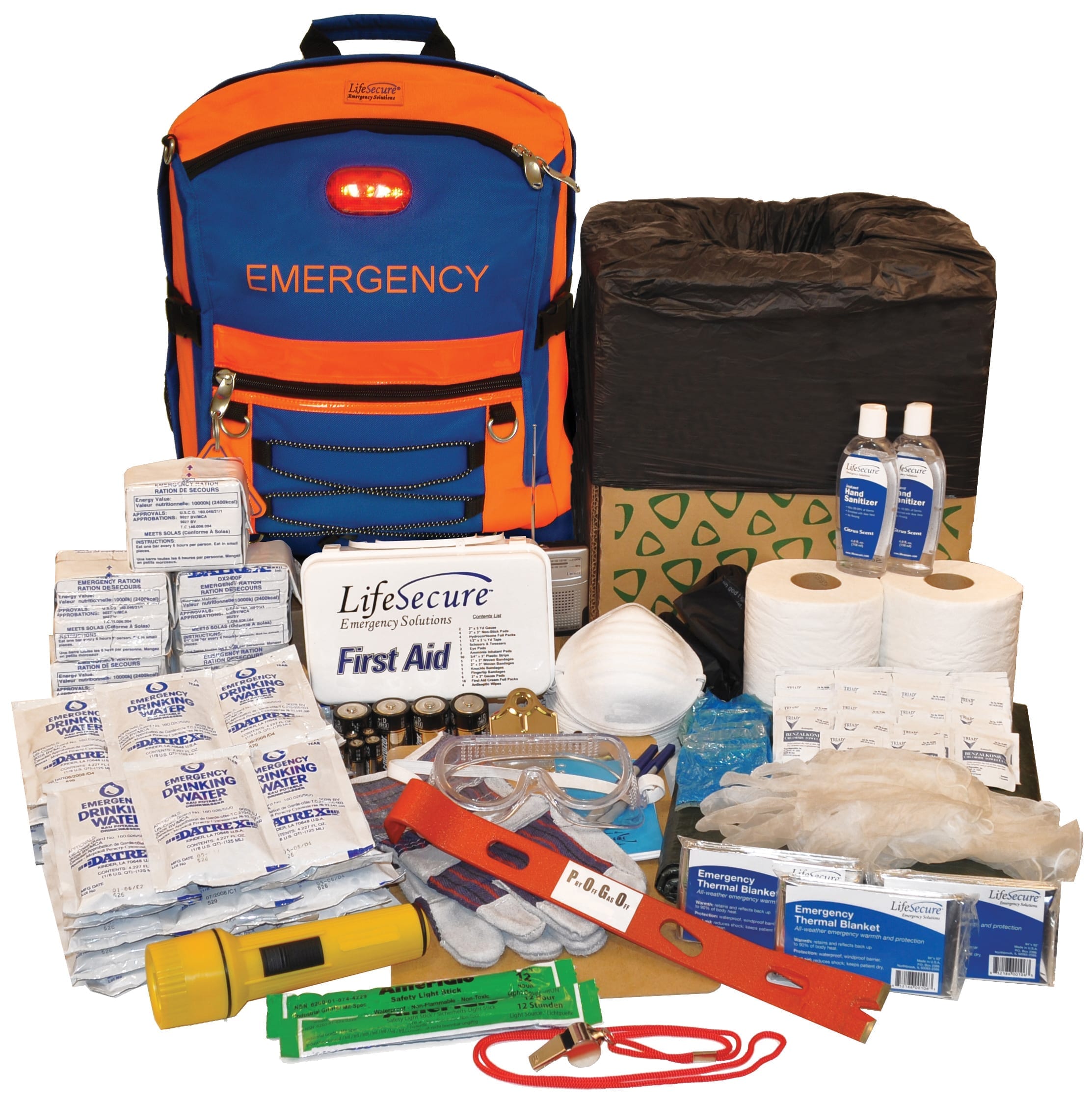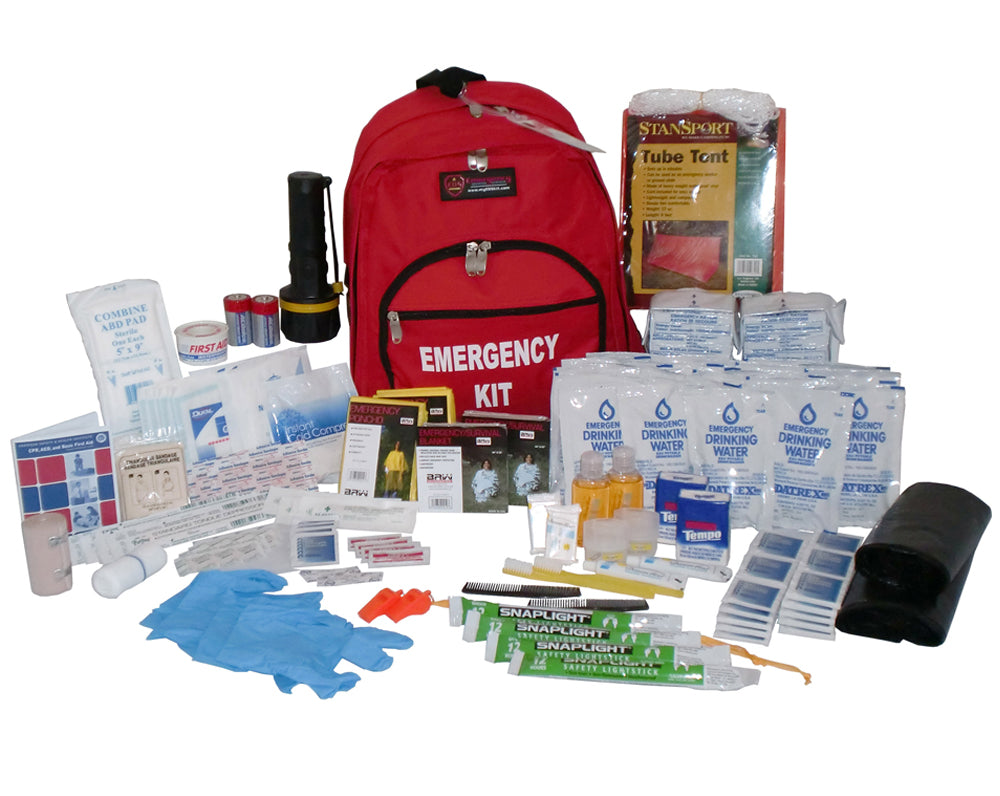Plan for the Unforeseen: Emergency Preparedness Facilitated
Plan for the Unforeseen: Emergency Preparedness Facilitated
Blog Article
Just How to Establish a Detailed Emergency Situation Preparedness Strategy
In the realm of readiness, establishing a comprehensive emergency situation strategy is not merely a task to check off a checklist; it is an essential foundation of any type of organization or individual's resilience approach. By meticulously crafting a strategy that deals with numerous aspects of emergency monitoring, consisting of risk analysis, communication protocols, source allowance, and strategic decision-making, one can lay a solid structure for safeguarding assets, lives, and operations.
Value of Emergency Situation Readiness
Emergency preparedness is important for alleviating potential threats and ensuring the safety and security of areas and people. In today's world, where all-natural calamities, public health and wellness situations, and other emergencies can strike without caution, being prepared can make a considerable distinction in minimizing the influence of these events. By having a well-thought-out emergency situation preparedness strategy in place, individuals and organizations can respond properly, secure lives, and lower residential property damages.
Among the main reasons why emergency situation preparedness is essential is its function in conserving lives. When emergencies happen, having a plan that outlines clear procedures for emergency situation, discharge, and communication response can help people act quickly and decisively. This can avoid injuries and fatalities by making sure that individuals recognize what steps to take to remain risk-free
Furthermore, emergency situation readiness improves the strength of areas. By fostering a culture of preparedness and preparation for numerous scenarios, areas can recuperate quicker from disasters and interruptions. This strength is important for keeping stability, connection of procedures, and total well-being despite adversity.
Assessing Potential Risks
Considering the significance of being planned for unforeseen events, the first action in establishing an efficient emergency situation readiness strategy entails thoroughly examining and analyzing possible threats. This analysis requires a comprehensive review of all possible threats that could affect the company, thinking about factors such as area, industry, and historic information on cases. By identifying these dangers, organizations can prioritize their preparedness initiatives and designate sources effectively to reduce the most significant hazards.
Typical threats that organizations might encounter consist of natural catastrophes like storms, quakes, or floodings, technical hazards such as power interruptions or information breaches, as well as human-caused risks like accidents or willful acts of violence. Conducting a risk analysis likewise entails considering the possible effect of these events on the company's procedures, employees, consumers, and credibility. By carrying out an extensive risk evaluation, companies can develop customized emergency action plans that resolve their particular susceptabilities and guarantee effective preparedness for any kind of prospective crisis.
Developing an Interaction Plan
Creating a clear and detailed interaction strategy is essential for reliable emergency preparedness within companies. In times of dilemma, interaction plays a vital duty in making sure the safety and wellness of staff members, stakeholders, and the neighborhood. A well-balanced communication plan must outline clear lines of interaction, mark key personnel liable for interaction jobs, and establish procedures for sharing information rapidly and properly.
One key element of producing an interaction strategy is recognizing primary and alternate interaction networks (EMERGENCY PREPAREDNESS). These can consist of e-mail, message messaging, phone trees, social media sites systems, and public address systems. It is vital to make certain that these channels are trusted, easily accessible, and consistently examined to ensure their effectiveness throughout emergencies

Structure an Emergency Package
Given the vital importance of preparedness in times of situation, an essential element that companies have to address is the establishment of an emergency set. An emergency situation kit offers as a vital source that can assist minimize the influence of unanticipated events, guaranteeing that essential materials and tools are conveniently offered when required most. When constructing an emergency situation kit, it is important to think about the certain requirements and scenarios of this article the organization. Standard things such as water, non-perishable food, emergency treatment materials, flashlights, batteries, and a battery-powered radio are fundamental parts of any type of emergency set. Additionally, organizations need to include vital documents, such as contact listings, insurance policy information, and emergency situation response strategies, in water-proof containers within the kit. On a regular basis examining and updating the components of the emergency kit is vital to make sure that materials are present and functional. By proactively constructing and preserving an emergency kit, companies can enhance their preparedness to properly react to crises and secure their employees and possessions.
Developing Discharge Procedures
To ensure the security and organized discharge of workers throughout emergencies, companies must develop clear and efficient discharge procedures. Emptying treatments should encompass a series of potential scenarios, including fires, all-natural calamities, or other emergencies that need speedy evacuation.

Additionally, organizations need to establish a system for audit for all workers throughout an evacuation to make sure that everybody has securely left the premises. Interaction plays an important duty in evacuation procedures, with clear guidelines on exactly how to leave and when to do so. Normal testimonial and upgrading of evacuation procedures based on comments and transforming situations are important to maintaining the effectiveness of the plan.
Verdict
To conclude, developing an extensive emergency readiness strategy is critical for ensuring the safety and security and health of people in the event of a disaster (EMERGENCY PREPAREDNESS). By examining possible risks, producing an interaction strategy, constructing an emergency set, and establishing evacuation organizations, people and treatments can be much better outfitted to react properly to emergency situations. It is essential to prioritize preparedness initiatives to minimize the effect of catastrophes and secure lives and building
In the world of preparedness, creating a thorough emergency situation plan is not just a task to check off a checklist; it is a crucial cornerstone of any kind of organization or person's durability strategy. When emergency situations happen, having a plan that outlines clear treatments for communication, emergency situation, and emptying action can help individuals act swiftly and decisively. website here. By conducting an extensive risk assessment, organizations can establish tailored emergency situation reaction strategies that address their details vulnerabilities and make sure reliable preparedness for any type of possible situation
Creating a clear and comprehensive interaction plan is important for effective emergency readiness within companies. By analyzing possible dangers, producing an interaction strategy, developing an emergency kit, and establishing discharge procedures, people and organizations can be much better outfitted to react successfully to emergency situations.
Report this page